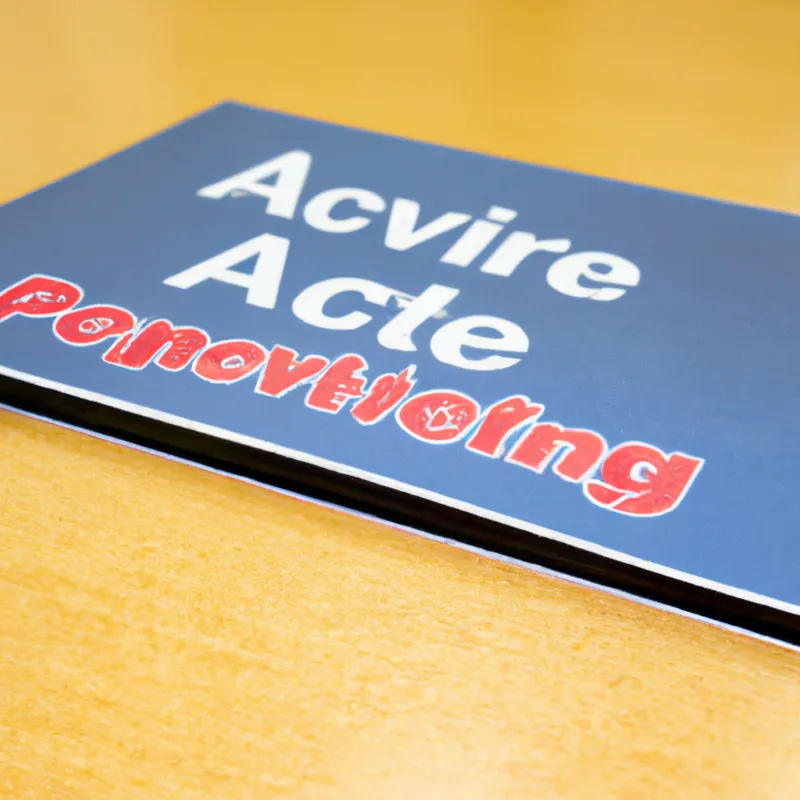Engage Kids: Learning Through Fun Activities
The Science of Play: How Kids Learn Through Active Games
Play serves as a vital component of children’s development. Through play, kids learn about the world. Active games engage children physically, mentally, and socially, helping them acquire essential skills. Research shows that play promotes cognitive, social, and physical growth. This article explores how active games enhance children’s learning and development while offering tips for parents and educators.
The Role of Active Games in Learning
Active games require physical involvement and encourage children to think, strategize, and interact. Games like tag, hide-and-seek, and team sports promote unique skill combinations. For instance, tag improves coordination and agility while teaching kids to anticipate peers’ movements. Social aspects of these games foster teamwork, cooperation, and communication.
Physical activity directly impacts brain function. Studies from the University of Illinois show that physical activity increases blood flow to the brain. This increase enhances cognitive abilities, enabling children to learn and retain information. While having fun, children also lay the groundwork for better academic performance.
Active play also encourages problem-solving. When children invent or modify games, they exercise critical thinking skills. Unstructured play allows them to make decisions, negotiate rules, and resolve conflicts. These skills are crucial for their development.
Tips for Encouraging Active Play
Encouraging active play can be simple and enjoyable. Here are practical tips for parents and educators:
1. **Create a Safe Environment**: Ensure children have safe, accessible play areas like backyards or parks. Remove obstacles and promote a conducive atmosphere for various games.
2. **Offer a Variety of Games**: Introduce children to diverse games and activities. Include classics like tag and hide-and-seek, as well as structured activities like soccer. Variety keeps kids engaged and excited.
3. **Join in the Fun**: Participate in games with your children. Your involvement shows that play matters and strengthens your bond. Engaging in play fosters belonging and encourages kids to be active.
4. **Set Aside Time for Play**: Prioritize active playtime in your routine.
Conclusion
Active play enhances children’s learning and development while fostering important skills. Encourage it regularly for lasting benefits.
Below are related products based on this post:
FAQ
How do active games enhance children’s cognitive abilities?
Active games promote physical involvement, which increases blood flow to the brain. This enhanced circulation improves cognitive abilities, enabling children to learn and retain information more effectively while they engage in fun activities.
What are some examples of active games that can benefit children’s development?
Examples of active games include tag, hide-and-seek, and team sports. These games help improve coordination, agility, teamwork, and communication skills, all while allowing children to engage in physical activity.
What tips can parents and educators follow to encourage active play?
Parents and educators can encourage active play by creating safe play environments, offering a variety of games, participating in play with children, and setting aside dedicated time for play in their routines.















Post Comment